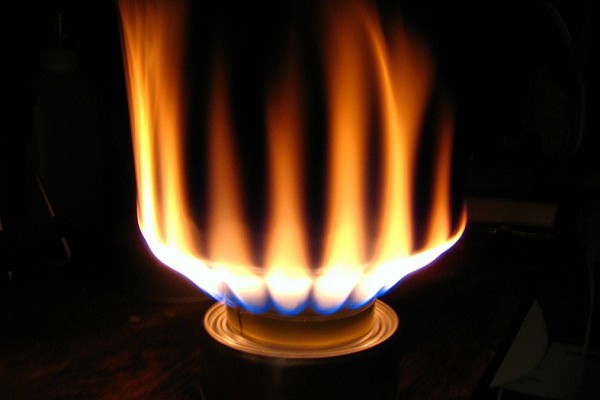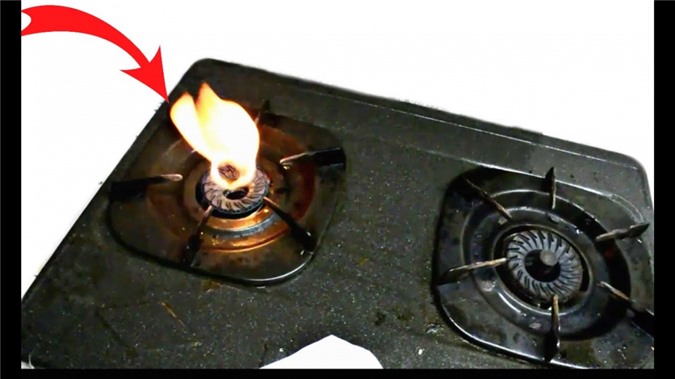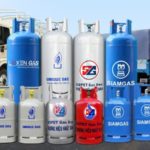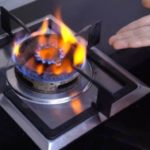Gas with an odor
When you come home and smell gas even though you haven’t turned on the stove, it is likely that the gas line is leaking, the valve is faulty, or the gas hose is improperly connected. If you smell strong gas odor, see frost around the tank, and the room temperature increases, you need to quickly open the doors to let the gas escape. Especially during this time, you should not turn on the gas stove to avoid a dangerous fire that could threaten your life.
Red flame
When you see a red flame on the gas stove that can blacken the bottom of your cooking pot and affect your cooking, you should take immediate action to fix it to ensure your safety.

Because the gas stove suddenly turns red, the main reason is often due to incomplete burning of gas, dirty cooking utensils, clogged burner heads, too little gas from the gas canister, the gas canister is almost empty, or impurities are mixed in. In this case, clean the gas stove or switch to another gas supplier.
Crackling flame
When you cook with a gas stove and hear a crackling sound from the gas flame, it is likely that your gas canister has a leak or the air intake, flame throat is not properly aligned, or the flame outlet is blocked. You need to adjust the position of the flame throat and clean the flame outlet. If you still hear unusual sounds after adjusting, you need to call a repair technician immediately.

Gas stove with a red flame should be repaired by a technician
Abnormal flame
If your gas stove does not ignite, the flame burns abnormally, and there is a smell of gas leaking, you need to immediately turn off the stove, shut off the gas valve, and check the burner assembly for misalignment or clean the electric ignitor. If you can’t fix it yourself, it is safest to call a repair technician to check.
According to Khoevadep
How to Handle a Red Flame on a Gas Stove
If you’ve noticed that your red flame cooktop has been cooking slowly and using a lot of gas, you should be aware of the potential danger. Over time, a black and sticky layer could form at the bottom of the pan – reducing its ability to transfer heat and risking permanent damage. Take quick action to prevent this from occurring.



































